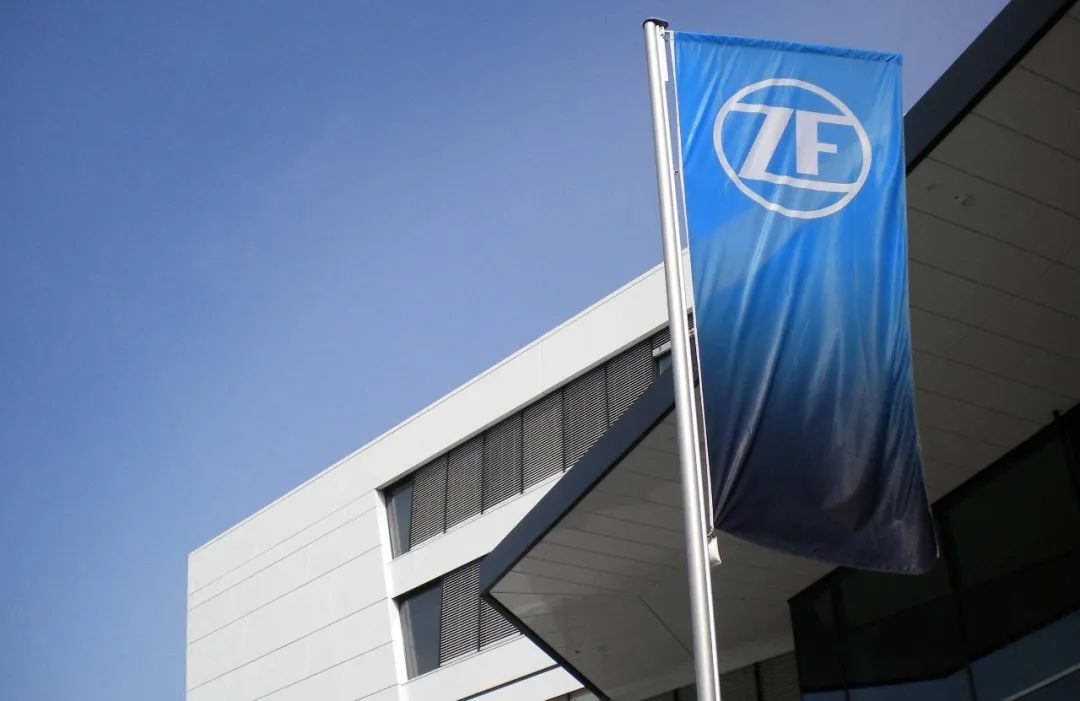Author: Michelin
0-60 mph in 5 seconds, 4 seconds, 3 seconds, 2.1 seconds…
In the era of fuel cars, to have such fast acceleration seemed to only be achievable in supercars on race tracks. In the era of electric cars, all you need is a high-performance version of an electric car with dual motors and four-wheel drive.
It is said that electric cars have broken down the “barriers” of luxury brands. What has broken down the barrier is not the big screens and sensors inside the cabin, but the “devaluation” of the most precious acceleration performance of the car. From this point of view, the three-electric system that helps electric cars “reduce” their acceleration performance, especially the electric drive system, is like the “heart” of an electric car.
The electric drive system, consisting of motors, electronic controls, gearboxes and a series of on-board chargers, DCDC converters, high-voltage accessory units, and other components, determines the performance and efficiency of electric cars and has become a fiercely contested area in the automotive industry.
Recently, ZF, the veteran auto parts supplier, announced a new generation of electric drive platforms for passenger cars and light commercial vehicles. Let’s take a look at how ZF “manipulates” the “heart” of an electric car through innovation at the component and system levels.
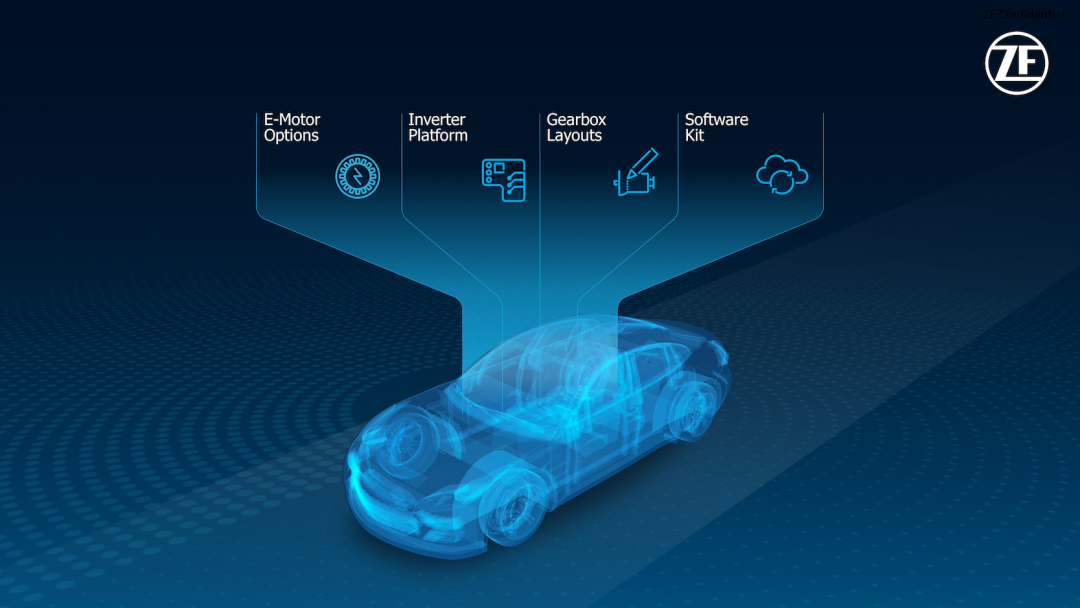
Electric Drive Platform: Smaller, Lighter, and More Powerful
As one of the Three Electrical Systems, the electric drive platform, which is the core of electric cars, directly affects the performance and efficiency of electric cars. Increasing the power density and energy efficiency of the electric drive system is an unchanging goal.
For the new generation of products, ZF officially describes them as “smaller, lighter, and more powerful.” To achieve this goal, ZF has seen a lot of innovation in various components and systems, such as electronic control, motor and gearbox.
In terms of power electronics, ZF uses discrete device packaging technology to create inverters consisting of independent power semiconductor switches, and standardizes the power module design. This modular discrete device packaging technology not only reduces different types of components and satisfies component uniformity, but also can expand performance from the chip design level, create personalized functions, and meet requirements faster and more accurately.
In the motor aspect, ZF increases the power density of the motor through new cooling concepts and winding technologies. While reducing the use of rare earth elements in practical applications, the continuous power of the motor has been increased to 85% of the peak power. The new cooling concept allows oil to flow around the area where the copper wires generate the most heat during operation. With the same weight and installation space, this efficient cooling method greatly improves the performance.As an improved version of the “hairpin-style” winding, braided winding technology reduces the overall installation space by about 10%, with end winding only about half the size of traditional flat wire. This means the required amount of raw materials is reduced by about 10%, lightening the weight of the motor.
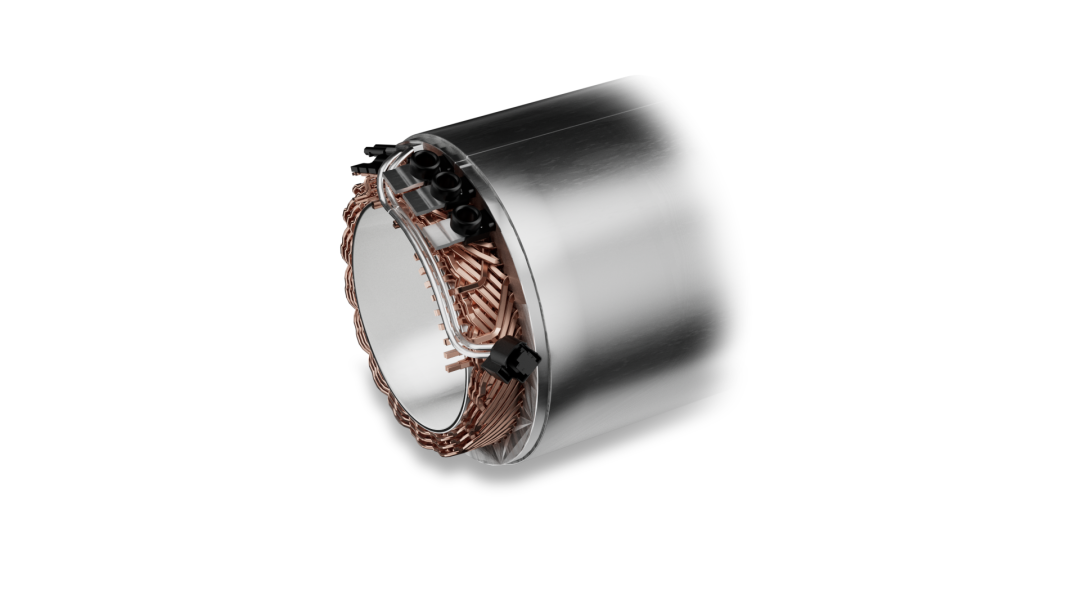
In terms of integrated differential, Continental has transferred its technology from the planetary gearbox to the next generation of electric drive axles. The two integrated planetary gears not only generate the required gear reduction ratio, but also include fully integrated differential function. Compared with the common parallel-axis concept, the new solution reduces the required installation space and significantly lightens the weight, without any compromise in efficiency and NVH.
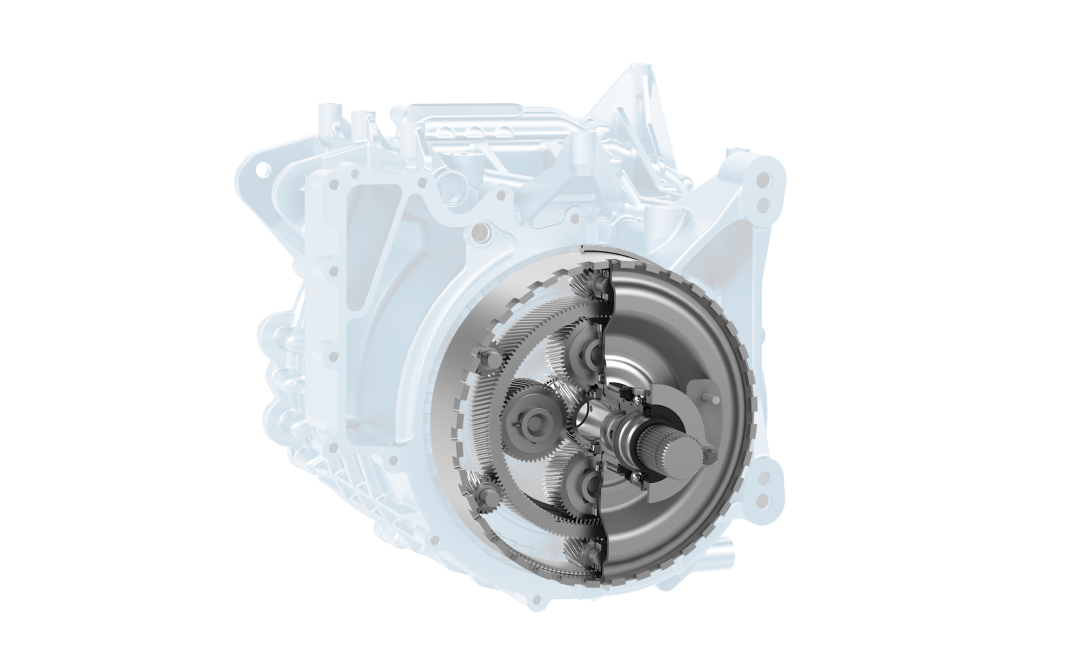
DC/DC converters play a core role in fuel cell-driven electric drive systems, compensating for the low output voltage of fuel cells and voltage attenuation under high load. Based on the new high-voltage converter on Continental’s power electronics platform, it is developed for passenger and commercial vehicle applications, with maximum efficiency of 99.6%.
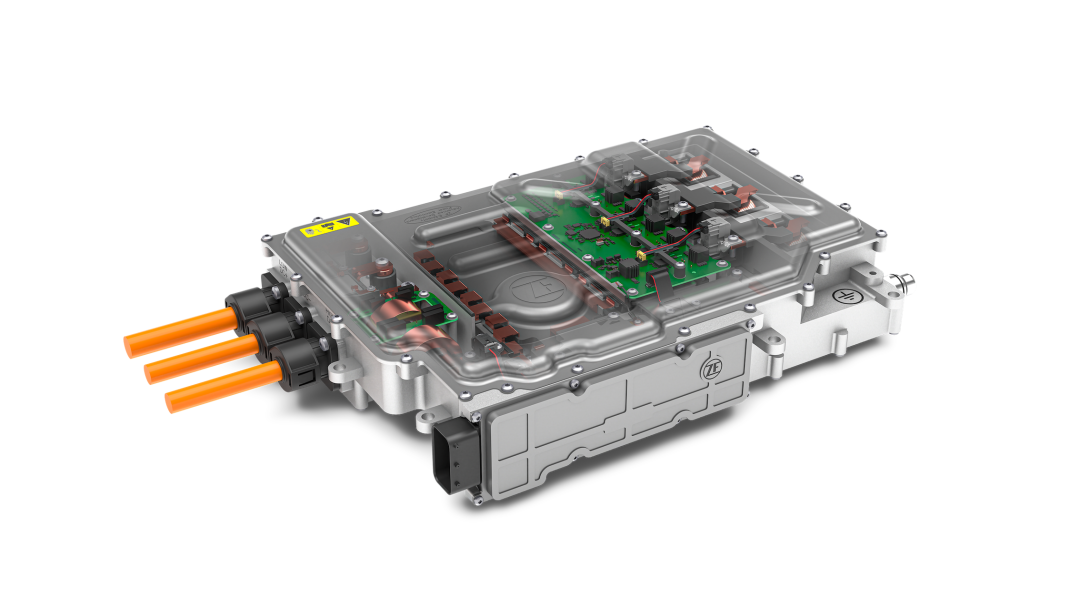
The improvement of the performance of each component and the overall optimization of the electric drive platform make the entire platform smaller, lighter, more energy-efficient, and shorter charging time.
The new generation electric drive platform can meet the voltage requirements of 400V and 800V.
Foresee the Market Demand
“Continental focuses on the three basic, systematic requirements of efficiency, performance, and cost to meet the major needs of customers.” – says Markus Schwabe, Product Line Manager of Continental’s Electric Drive System, which is also the starting point for Continental’s response to electrification transformation: efficiency, performance, cost, and meeting individual needs.”Benefiting from more flexible internal interfaces, the brand new and extremely compact design allows for easy adjustment of the system or component. This flexible and modular design meets the needs of both scale and personalized requirements.
Taking the new generation of electric drive platforms released as an example, ZF Friedrichshafen AG can split components and offer both a complete electric drive platform or separate innovative electric drive components, enabling original equipment manufacturers to conduct customized development on their electrified models.
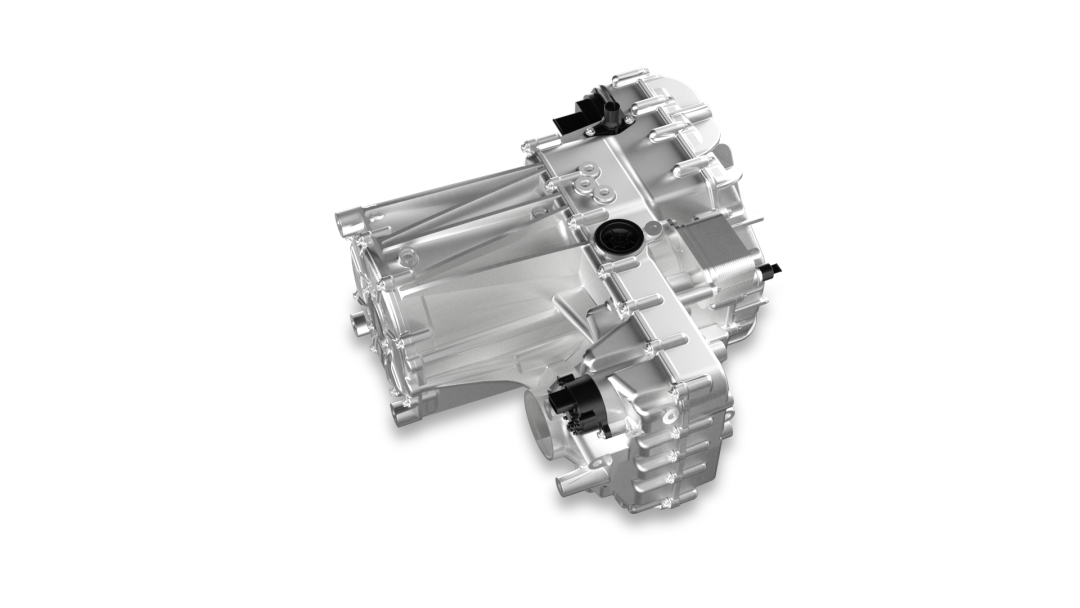
Therefore, the complete system of the new electric drive platform will be launched into the market in 2025, and the electric drive axle that supports 800V technology will be mass-produced this year.
This flexible and modular design has helped ZF Friedrichshafen AG produce two million units of drive motors and receive orders worth 25 billion euros for electric drive vehicles, including passenger cars and commercial vehicles, for delivery before 2030.
Finally
Amid the fierce competition in the electric vehicle market, product refinement is essential for automakers, and it is also driven by the underlying innovative technology that conforms to the pursuit of higher efficiency and performance. As a veteran supplier, ZF Friedrichshafen AG follows the trend of electrification by continuously exploring and pursuing their own path with innovation to grasp the core of electric vehicles.”
This article is a translation by ChatGPT of a Chinese report from 42HOW. If you have any questions about it, please email bd@42how.com.
